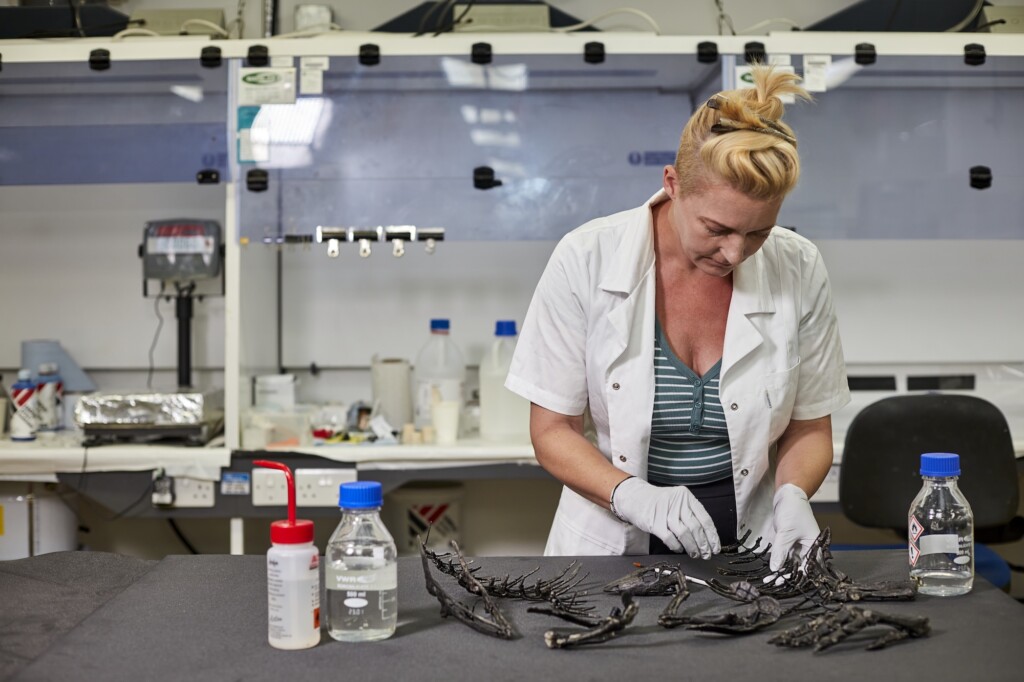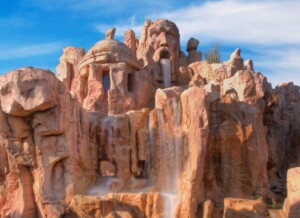London’s Natural History Museum is set to display a new species of small dinosaur named Enigmacursor mollyborthwickae.
Found in the Morrison Formation in the western US, the two-legged herbivore will go on permanent view at the Natural History Museum from tomorrow (26 June).
The labrador-sized dinosaur lived around 150 million years ago during the late Jurassic period. It stands at half a metre tall and just over a metre long.

Via a press release, the dinosaur would have been running around the floodplains of the western US in the shadows of giants like the Diplodocus and Stegosaurus.
Professor Paul Barrett, a palaeontologist at the Natural History Museum, said: “Unveiling Enigmacursor mollyborthwickae in our world-class natural history museum, whilst also placing it reliably onto the evolutionary tree, is an incredibly exciting milestone.
“Enabling access to a high-quality specimen, made possible by donation, for our millions of visitors is an important part of our work to inspire an appreciation of the wonders of the natural world and its deep history.”
Enigmacursor mollyborthwickae to go on view
Unearthed in 2021 or 2022 from a commercial quarry, Enigmacursor was acquired from David Aaron, a private gallery in London.
At the time, it was thought to be a Nanosauras, a species of small herbivorous dinosaur, but the Natural History Museum’s scientists discovered that it is actually a new species.

Professor Susannah Maidment from the Natural History said: “Getting taxonomy right is vital; it underpins everything we do as palaeontologists and if we get it wrong, everything else collapses.
“Rather than simply assigning fossils to familiar names, this discovery shows just how vital rigorous taxonomic work is – which requires us to get in front of and scrutinise new fossils – to inform our understanding of the evolution of these fascinating creatures.”
Images courtesy of the Natural History Museum














